I listened to the Diane Rehm Show on “New Treatments for Concussion” last month. It inspired me and validated me and I cannot say enough good things about it.
Diane Rehm is a nationally syndicated talk show from WAMU in Washington DC. Here’s the link to the show.
http://thedianerehmshow.org/shows/2015-06-04/new-treatments-for-concussions
I want to tell you why I thought the show was really helpful to me and other people with persistent symptoms following concussion that I have communicated with during my speaking engagements or whom I have met during my advocacy work or online.
I have so many good things to say about what I heard on the Diane Rehm Show. I want to focus on several aspects of the validation and hence recovery that I received from listening to the show.
First though, I want to step back and talk about my perspective before I listened to the Show, in order to then tell you what the show meant to me.
The need for validation after brain injury
Dr Cheryle Sullivan, MD, a colleague and a friend who lives with persistent symptoms following concussion and who writes and speaks about managing them, said something to me earlier this year that has stuck with me.
She said “we (people with brain injury) need validation”.
I found her acknowledgement of this issue profound because of who she is. As an MD and as someone with persistent sypmtoms, she recognizes that the lack of validation that many people with persistent symptoms after brain injury (both concussion and those who have had comas) has an impact on people with this injury and the impact is not a positive one.
From my perspective as a PhD and as an advocate for people with brain injury, I see that link and I think it has a negative effect on recovery.
Why do people with persistent symptoms following brain injury need validation?
Here are the first five reasons off the top of my head why the need for validation:
(There are so many reasons, I am sure there are more!)
1) It is difficult to get support for recovery from friends, family, employers, co-workers, neighbors and others, when people who are in the position to support us with persistent symptoms do not understand how the injury can affect us and do not know what to look for or how to evaluate what they see. I know after my accident, many expected to “see” my injury and many thought they knew what they should be looking for but did not. Recently, Amy Zellmer has written about this eloquently in the Huffington Post. Here’s the link:
http://www.huffingtonpost.com/amy-zellmer/5-things-every-tbi-survivor-wants-you-to-understand_b_6800984.html
2) It is often difficult to get appropriate medical care when we aren’t able to articulate what is wrong, and don’t have the support.
Right now, there is no biomarker for concussion. A doctor must diagnose it. Usually a neurologist or sports medicine doctor or physical Medecine and Rehabiliation doctor makes the call.
I have known many people who thought they were cleared and either didn’t have a concussion or who were “well’ following concussion. I know many people cannot get a referral from their primary doctor to get to the medical professional who can make this call.
And I have known many people who were misdiagnosed as having a mental disorder (anxiety or depression).
I was an expert consensus panel member for work by the Ontario Neurotrauma Foundation (Canada) to develop guidelines to teach primary doctors how to recognize concussions and refer appropriately because doctors there recognized that Primary Care Doctors needed better information.
http://onf.org/documents/guidelines-for-concussion-mtbi-persistent-symptoms-second-edition
I am fortunate that my neurologist in DC recognized that I had a mTBI, within a month after my car accident and that the primary care doctor I saw did keep me under observation and referred me to a top neurologist in DC where I lived at the time. I thought the fireworks I went to watch on 4th of July were going to fall out of the sky and on to my head, and I couldn’t recognize a co-worker I worked closely with at that event. We had gone to watch fireworks on a hill, overlooking DC, in a more quiet environment, and had run into my co-worker and his family there.
I am also fortunate that my neurologist taught me that “anxiety and depression” go with an injured brain. They are secondary effects for many. The injured brain “knows” that it is injured and responds to keep us safe as best it can. Of course its anxious as it cannot protect itself as it could before. Of course its depressed because life is harder and it cannot do what it used to do. And I would add that it was depressing hearing what I heard at the time of my injury which was no treatment, and there is a limited period of time for recovery (I was told 2 years).
Dr Sandra Chapman, a neuroscientist, recently wrote about the issue of how long one can recover after brain injury.
Dr Chapman’s work shows that one can can recover with appropriate rehabilitation years later.
http://www.huffingtonpost.com/sandra-bond-chapman/changing-a-common-belief-_b_7588400.html
We need more studies tracking recovery for longer periods of time to know more. But I am pleased to see this work trying to change a common belief that often limit’s people’s ability to recovery.
If you don’t think you will get better, or if your doctor tells you that you cannot, you are likely not to try. It can be a self-fulfilling prophecy.
Dr Allen Brown, at Mayo Clinic told me that one factor that limits recovery that is true for many injuries (not just brain injuries) is information from a doctor telling a patient that its not possible to recover or that there are specific time limits.
3) I had undiagnosed aphasia (difficulty with speech–word-finding and concept finding and I couldn’t figure out what was the topic sentence anymore in a paragraph). So I needed to advocate for myself to get treatment beyond just the diagnosis but the very injury itself stands in the way.
Dr Elliott spoke briefly about the difficulty of having to find treatment for concussion oneself (while injured) on the Diane Rehm Show program. He says (and I am paraphrasing) just trying to live, raise his kids, keep money coming in the door and develop strategies for continuing his work as a professor, meant that he had limited time to find his rehabilitation and he didn’t know where to turn when his doctors told him he couldn’t get better. Like me, he is a PhD. I remember thinking 6 months in to my injury, if this is how hard it is for someone like me, who started with many advantages in life, to get the help I need to get better and to be able to return to work, what’s it like for someone who didn’t have these advantages?
4) After I wasn’t “well” after not getting treatment for my concussion, I began to hear “suspicion” from some medical professionals that I that I sought out to help me.
Fortunately, I had gone to see Dr Thomas Kaye at Rusk Institute in New York, about help with my recovery. He was recommended by Dr Morton Percoff my friend’s Dad who knew brain injury after his son’s tragic TBI. In talking with Dr Kaye, it was clear that he could see that I needed more help. Working with him, it was clear to both of us that I needed to find the right doctors in DC because NYC was too busy, I had no money. I couldn’t imagine moving to NYC, even temporarily, no matter how desperately I needed care.
I didn’t realize how hard it would be to find people in DC to help me. Dr Kaye knew I needed help and he had contacts in DC. I was already getting better from my vision therapy, but I needed more. I needed more help from other professionals.
But finding the right people in DC was hard for me because the injury stood in my way and I did not know best strategies yet as to how to navigate.
When I met what I considered resistance to helping me with brain injury recovery, I wondered how did people expect me to get better without treatment? From inside my brain injury, I still had some logic going. If I am coming to you for treatment because I want to get better, why aren’t you sympathetic to that fact? Why aren’t you looking at my case and saying she needs more treatment to get better? And if you don’t believe me, why not consider that my doctors already thought I did which is why I was coming to you and that their opinions ought to count for something?
Despite setbacks with doctors and with my recovery, I was persistent and I got better. I know in retrospect that brain injury rehabilitation has worked! If I weren’t getting the right treatment, one would not expect it to work.
It’s hard to need treatment, seek it out, and then be told “maybe you don’t want to get better?’
This is what I heard from a doctor who was recommended to me.
I also heard “you can walk and talk, what more do you want?” an offhand comment from a medical professional.
I didn’t feel seen by medical professionals as to who I was when I heard these comments.
And seeing professionals who said things like this didn’t make me want to seek more medical care. I felt I had to really work hard to get my courage up to see a new medical professional during years 2 through 5 because I knew the appointment could go completely wrong. Later, I both had more skills to advocate for myself and I found more and more doctors who were sufficiently impressed by my recovery so far to know how hard I was working at it, or who understod brain injury recovery and the faults of our current medical system following concussion that they knew that I wasn’t getting better faster because I wasn’t getting treatment.
5) I heard from many people that concussion symptoms only lasted for 6 months at most. And therefore if I had symptoms longer than 6 months, I must not have a concussion. While I couldn’t access alot of my economics skills, I had enough logic and enough training to learn that sometimes the lack of research is misinterpreted as proof of something that cannot be proven until it is better researched. As I investigated it, I found that not many quality studies had been done following concussion as to how long symptoms lasted. Years later, after I got better, I heard Dr Barth from the University of Virginia at Charlottesville talk about the seminal work they had done in the early 1980s on people who had persistent symptoms after concussion in the UVA teaching hospital. He found that there were a group of people that did not get well (after hospitialization) and he began studying them. They had brain injuries. Later, he began studying athletes on this issue. Everyone knew that athletes wanted to get back in the game after injury. Its fascinating to me to know that they are finding that about the same percentage of athletes have persistent symptoms even after they have close supervision for recovery (i.e. support for recovery and medical attention to help recovery). Please see the citations to Dr Barth’s early work regarding my summary of his research (at bottom of page).
And I haven’t even mentioned that Dr Hudson and Dr O’Shanick spoke to the difficulty that people with persistent symptoms have getting help after concussion and the acknowledgement that many are mistakenly seen as malingers when they try to find the help they need in the medical system.
I have so much more to say about this show! Another blog.
Thank you so much to Dr Clark Elliott (Computer Science), Dr Korin Hudson (Sports Medecine, Georgetown) and Dr Greg O’Shanick (Emeritus Medical Director of the Brain Injury Association of America and Director of a Concussion Clinic in Virginia) and the Diane Rehm show.
http://thedianerehmshow.org/shows/2015-06-04/new-treatments-for-concussions
Citations from Dr Barth regarding his work:
Rimel, R.W., Giordani, B., Barth, J.T., Boll, T.J., and Jane, J.A., (1981). Disability caused by minor head injury. Neurosurgery, 9, 221-228.
Barth, J.T., Macciocchi, S.N., Giordani, B., Rimel, R., Jane, J.A., and Boll, T.J. (1983). Neuropsychological sequelae of minor head injury. Neurosurgery, 13, (5), 529-533.
Barth, J.T., Alves, W., Ryan, T.V., Macciocchi, S.N., Rimel, R., Jane, J.A. and Nelson (1989). Mild head trauma in sports: Neuropsychological sequelae and recovery of function. In H.S. Levin, H.M. Eisenberg and A.L. Benton Mild Head Injury, New York: Oxford Press, 257-275.
Read More - Validation, Recovery, and the Diane Rehm Show
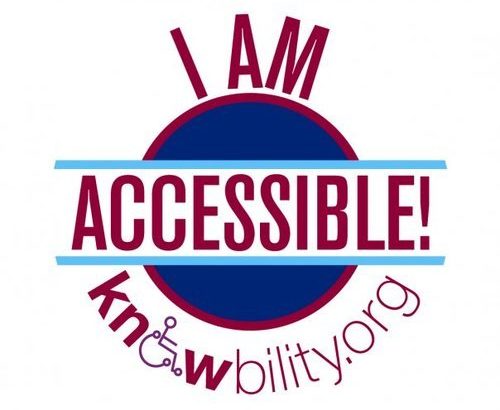

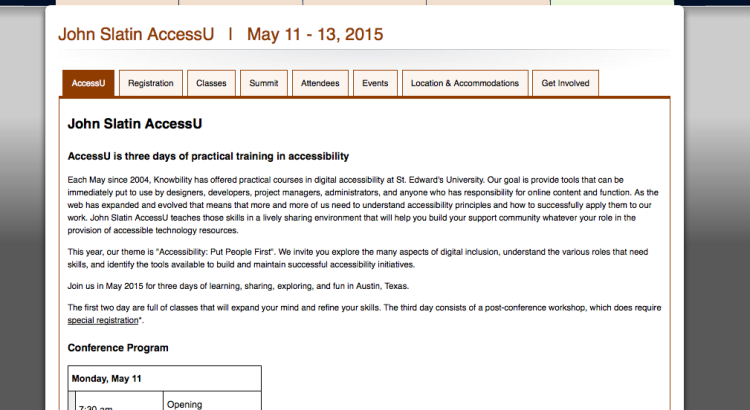
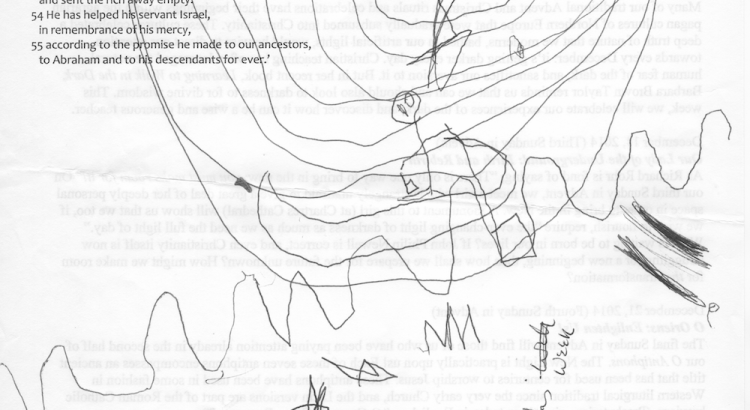
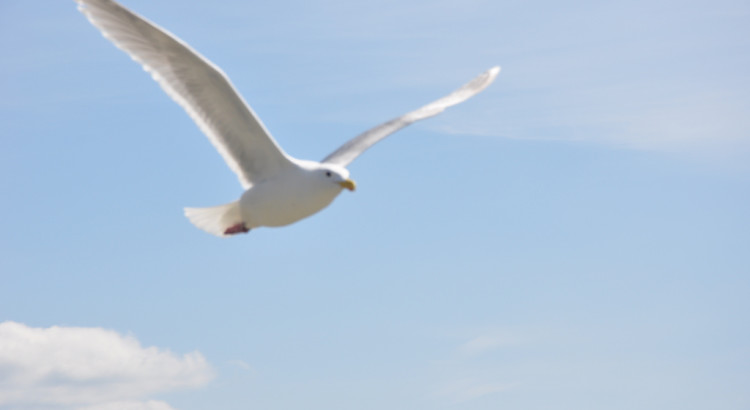

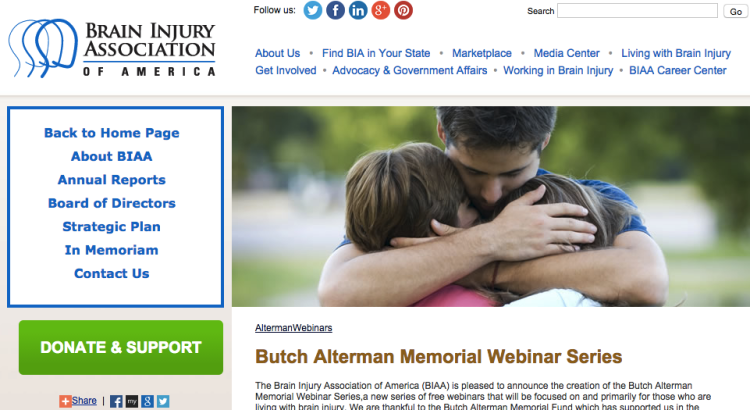

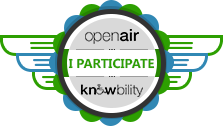
Recent Comments